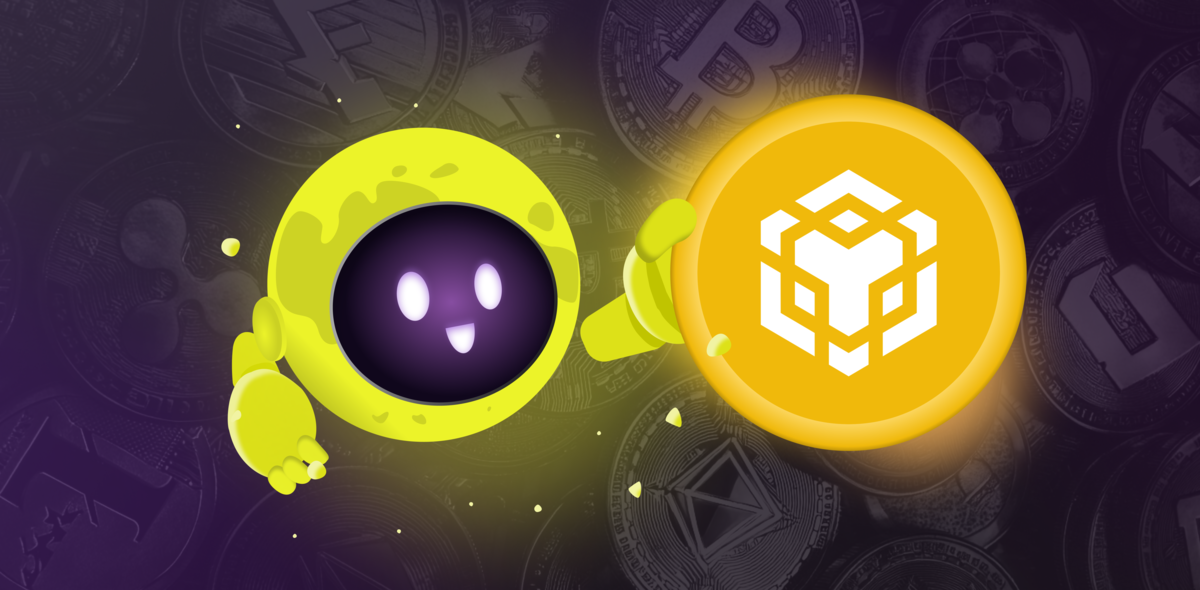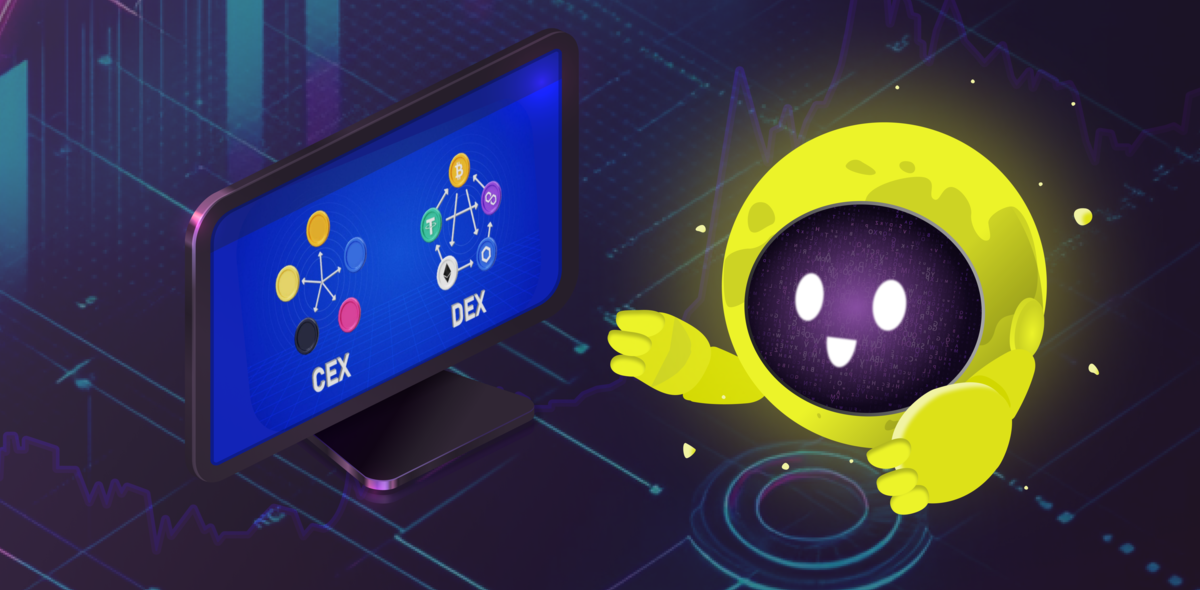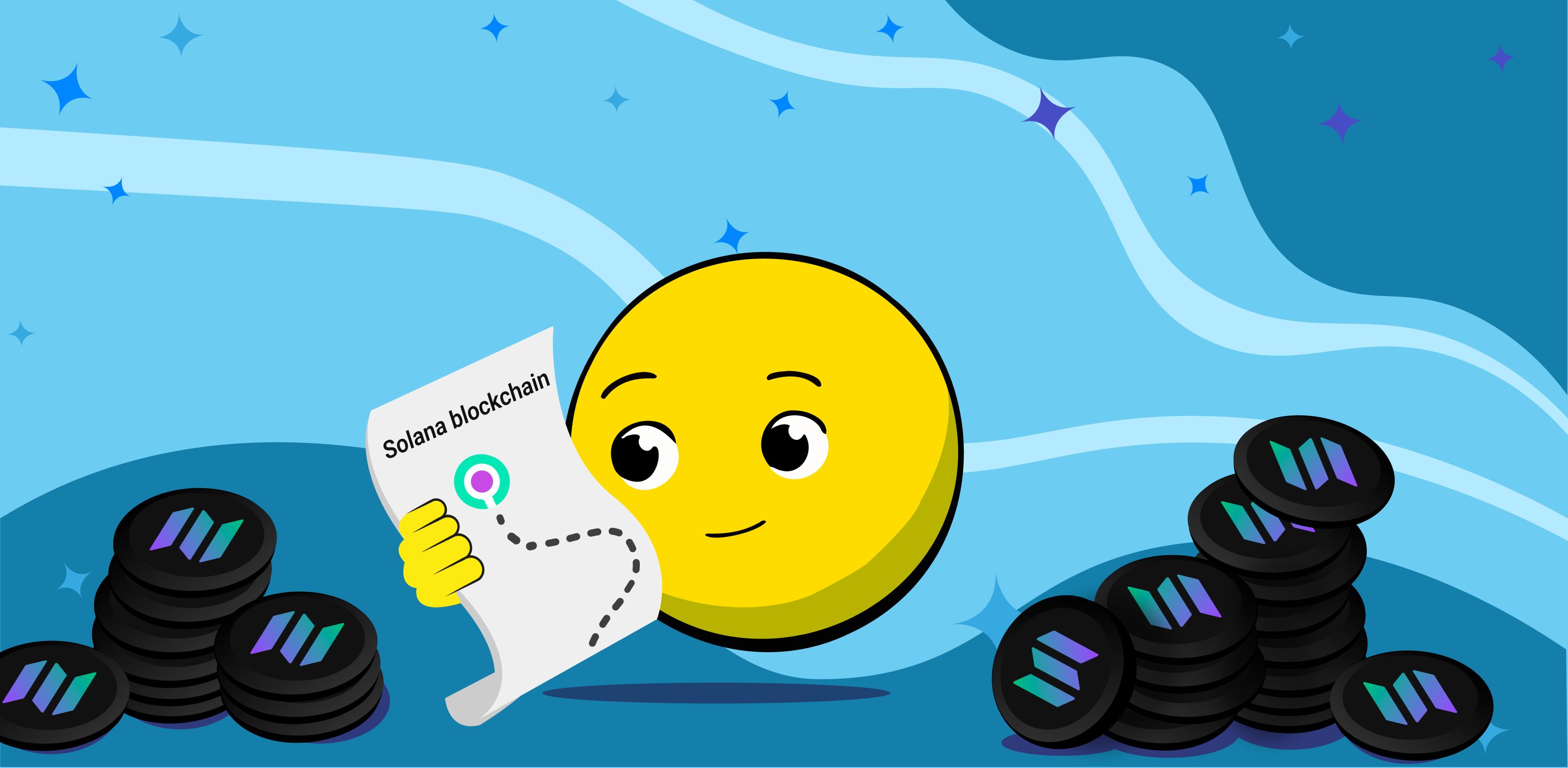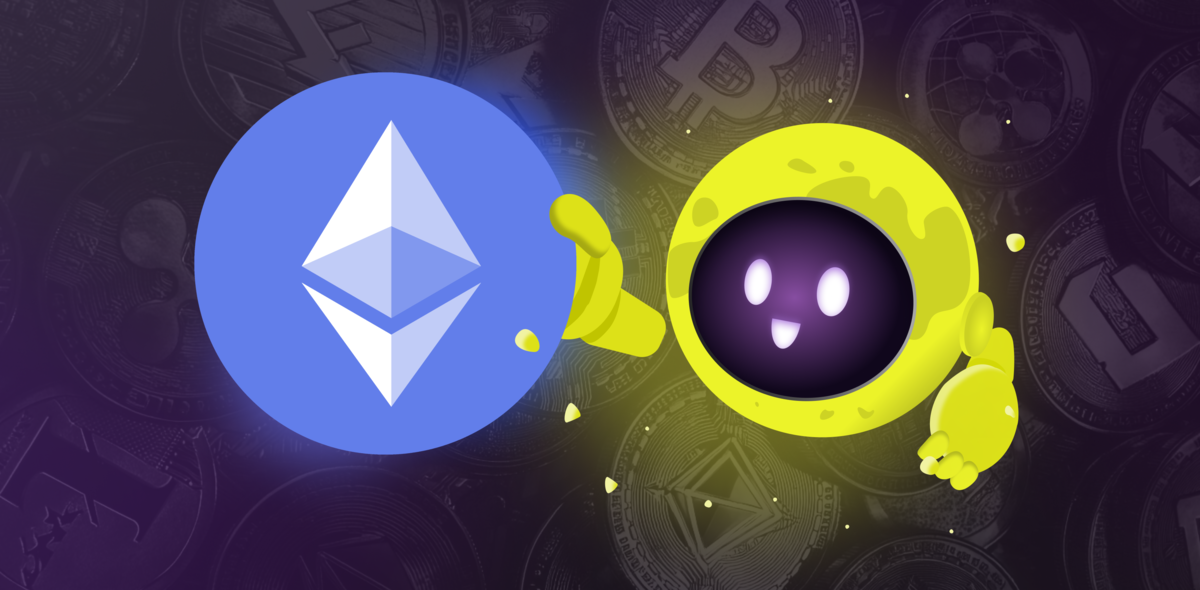
BNB started as a simple way to save on Binance trading fees. Today, it powers one of the biggest ecosystems in crypto. From running smart contracts to fueling apps on the BNB Chain, it’s now at the center of a fast-growing decentralized world — and even finds use in real-world payments.
BNB chain and Ethereum: different roads, same destination?
BNB Chain and Ethereum might appear similar at first. Both support smart contracts, power decentralized apps, and have intricate and ever-growing ecosystems. But beneath the surface, the two networks are quite different.
Ethereum has been around longer. It’s often viewed as the go-to platform for developers and projects looking for decentralization and security. Its network is considered highly reliable, but that usually comes at a cost, quite literally. During peak activity times, Ethereum transactions can be slowed, and fees rise.
The BNB Chain was designed to offer quicker transactions and lower fees. It uses a consensus mechanism called Proof of Staked Authority (PoSA), which combines elements of both proof-of-stake and proof-of-authority to guarantee security and efficiency.
Compared to Ethereum, the BNB Chain offers much lower fees and faster transactions. While Ethereum fees can sometimes spike to over $10–$20, BNB transactions typically cost just a few cents. You can check out a side-by-side comparison here.
In essence, Ethereum is the established, secure choice — widely trusted but sometimes costly and slow. BNB Chain, meanwhile, is the faster and more cost-effective alternative, suited to those who value performance and aren’t as concerned with full decentralization.
Behind the scenes: how BNB chain works
The BNB Chain is made up of two main parts:
- BNB Beacon Chain – Handles governance and staking. This is where users vote and stake their BNB coins.
- BNB Smart Chain - The real engine behind Binance’s blockchain activity. That’s where the action happens — from decentralized finance (DeFi) apps and NFT marketplaces to token swaps and all kinds of smart contract activity.
A group known as validators plays a critical role in keeping everything running. These are the participants who process transactions and secure the network. In exchange for their efforts, they receive rewards in Binance tokens.
One of the things that makes this blockchain different and explains its popularity is its performance. The system is built for speed, capable of handling thousands of transactions every second. That kind of scalability is a big reason why developers are drawn to it, especially when launching apps that need to move fast and handle large volumes of activity without sky-high costs.
Breaking down BNB: the heart of Binance
BNB means “Build and Build,” and it's the main token of the Binance ecosystem. It was created in 2017 as an ERC-20 token on Ethereum, but eventually developed into an independent blockchain.
In the beginning, BNB’s main purpose was pretty simple — it gave users discounts on trading fees when using Binance. Today, it does much more:
- Pay transaction fees on the BNB Chain
- Participate in token launches via Binance Launchpad
- Buy goods and services through various merchants
- Book travel, pay for virtual cards, and even donate to charity
- Stake to earn rewards or support network operations
There’s a fixed cap on its supply: only 200 million BNB will ever exist. To keep BNB’s supply in check and create scarcity, Binance routinely burns some of its tokens, decreasing their total amount. This reduces the total supply, which can boost the value of the remaining coins over time. But BNB isn’t just sitting around.
These burns happen quarterly and are part of the Auto-Burn system, which calculates the amount to be burned based on BNB's price and the number of blocks produced on the BNB Smart Chain during the quarter. The most recent burn, the 31st, took place in April 2025, removing approximately 1.58 million BNB (worth around $916 million) from circulation.
Users can also stake BNB tokens to earn rewards and provide the network’s security. It also helps the BNB chain to run smoothly and plays an active role in powering smart contracts and supporting DeFi apps.
Pros and cons of using BNB
BNB comes with a lot of advantages, but it’s not perfect. Here’s a closer look at both sides:
Advantages
- Low transaction fees: Especially when used on Binance and BNB Chain
- Speed: Fast confirmations, making it ideal for traders and dApp users
- Ecosystem growth: More apps and services use BNB every day
- Token burns: Regular burns help manage supply, which can support value
- Real-world use: Can be used for travel, shopping, payments, and more
Disadvantages
- Centralization concerns: BNB Chain is more centralized than Ethereum.
- Regulatory risks: Binance has faced legal challenges in several countries (the U.S, Netherlands, Nigeria, Japan, France).
- Strong dependence on Binance: If Binance struggles, BNB could suffer too
While BNB is powerful, it’s important to remember it’s deeply tied to the success (or failure) of the Binance ecosystem.
The brains behind BNB
BNB was created by Changpeng Zhao, or CZ, a Chinese-Canadian entrepreneur with a strong background in both technology and finance. Before venturing into crypto, he worked at major companies like Bloomberg and Blockchain.info, gaining valuable experience in financial systems. In 2017, CZ launched Binance, raising approximately $15 million in just minutes through a highly successful ICO. That’s when BNB was first introduced — and it wasn’t just a side project. From the start, it played a key role in what Binance was building.
The mission was simple but bold: create a fast, global, user-friendly crypto platform with BNB as an integral part of it. Over time, it’s grown far beyond its original use case, turning into a major asset with real influence across the blockchain space.
BNB’s journey: from launch to now
Let’s take a quick walk through BNB’s timeline:
- 2017: Binance and BNB launch. BNB starts as an ERC-20 token on Ethereum.
- 2019: Binance Chain goes live; BNB migrates to its own network.
- 2020: Binance Smart Chain (BSC) is introduced to support smart contracts.
- 2022: Binance Chain and BSC are rebranded as the BNB Chain.
- 2023–2024: BNB was adopted more widely across DeFi, NFTs, gaming, and payments. Binance dealt with regulatory challenges, but BNB remains a top-5 crypto.
BNB has had ups and downs. Even so, it’s still one of the most traded and used tokens in the world.
How and where to buy Binance coin in 2025: step-by-step guide
Thinking about investing in BNB? Here's a detailed instruction:
- Visit SwapSpace. Go to the SwapSpace platform, where you can easily swap your crypto. You don’t need to sign up or create an account, just start swapping.
- Select BNB and the Token You Want. On the main page, choose BNB as the cryptocurrency you want to swap, and then select the token you want to receive in return.
- Enter the Amount. Enter the amount of BNB you want to swap, and SwapSpace will automatically show you the estimated amount of the other token you will receive.
- Choose a Swap Provider. SwapSpace will show you a list of available swap providers that offer the best rates for your trade. Choose the one that suits your needs.
- Provide Your Wallet Address. After selecting the provider, you’ll need to provide the wallet address for the token you want to receive. Make sure the address is correct.
- Confirm and Swap. Double-check the details, confirm the swap, and you’ll be all set. SwapSpace will process your transaction, and you’ll receive your new token shortly.
- Transfer to a secure wallet. Don't keep large amounts on exchanges; use a private wallet for better safety.
Best ways to keep your BNB safe
Once you buy BNB, it’s important to store it securely. You’ve got a few options:
Software Wallets
- Trust Wallet (owned by Binance)
- MetaMask (works with BNB Chain with some setup)
- Binance Wallet browser extension
These are easy to use but can be vulnerable if your device is hacked.
Hardware Wallets
- Ledger or Trezor – the most secure option for long-term storage. Your private keys are stored offline.
Exchange Wallets
You can keep BNB on Binance, but it’s riskier due to potential hacks or platform issues.
Rule of thumb: Not your keys, not your crypto. Use self-custody wallets when possible.
The future of BNB: what’s on the horizon?
BNB’s future heavily depends on what happens with Binance and its global expansion. But here are a few possible directions:
- More real-world use cases: BNB is used for payments, travel, and gaming, and this trend is likely to keep growing.
- DeFi & NFT expansion: The BNB Chain attracts more developers and apps.
- AI and Web3 integrations: Binance invests in AI-powered and decentralized tools that could use BNB.
- Regulatory clarity: If Binance can navigate legal challenges, BNB could grow stronger with more trust and transparency.
BNB isn’t just surviving — it’s adapting and expanding. As long as Binance keeps building, BNB will likely stay relevant.
Final thoughts on BNB
BNB started as a way to save on trading fees, but now powers a huge crypto network. It’s fast, cheap, and used everywhere on the BNB Chain.
That said, it’s not perfect. Concerns around centralization and Binance’s legal battles mean it’s not without risk. Still, if you believe in the Binance ecosystem and want to explore Web3, DeFi, and crypto payments, BNB might be worth a closer look.
BNB FAQs: quick answers to common questions
What can I do with BNB?
You can hold it, trade it, stake it, use it to pay fees, book travel, buy goods, and more.
Is BNB a good investment in 2024?
It depends on your investment goals and how much risk you're willing to take. BNB offers solid utility, but its value is closely linked to the performance of Binance itself.
What’s the difference between BNB and BNB Chain?
BNB is the token. BNB Chain is the blockchain network it powers.
Can I mine BNB?
No. BNB is not a mineable coin. It uses a staking system instead.
Is BNB safe to hold?
It’s relatively safe if stored properly in a secure wallet. But like all crypto, it carries risks.




